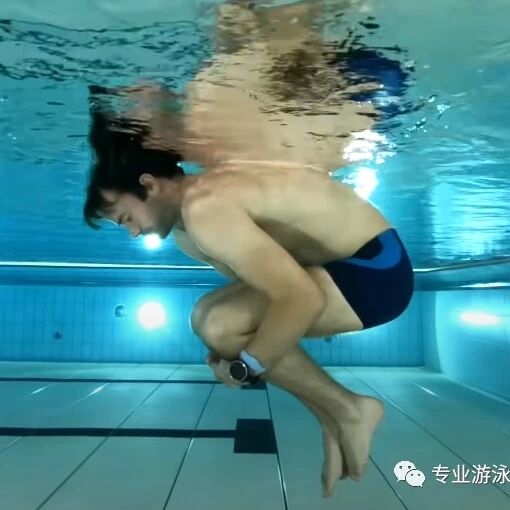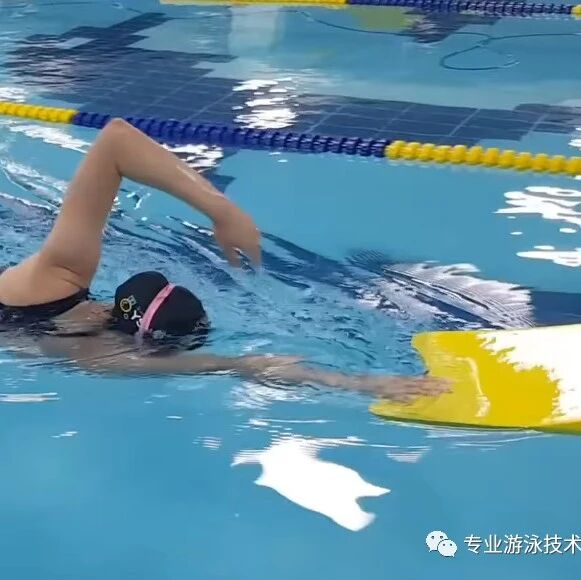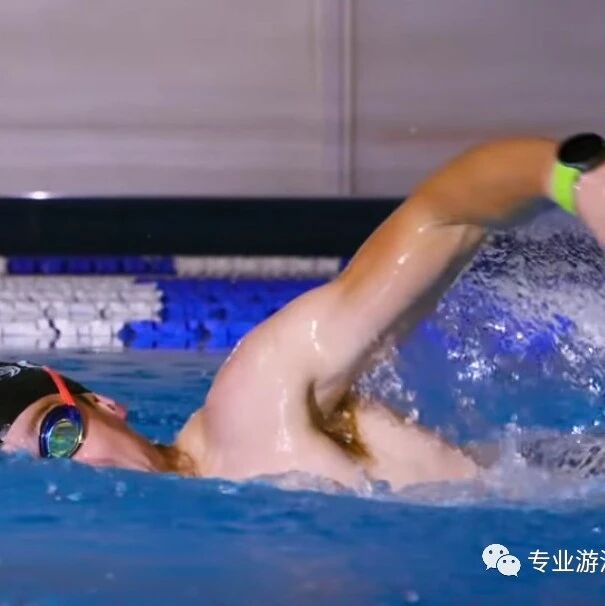What’s the difference between freestyle shoulder drive and hip drive? Actually, they’re the same thing—just with a different focus.

There’s been much discussion about freestyle swimming techniques, with a significant portion focusing on the merits of shoulder-driven versus hip-driven movements. Many people—especially professional swimmers—favor the shoulder-driven approach, while a notable number also support the hip-driven technique. But what exactly sets these two methods apart?
I’ve delved into countless swimming theories, closely followed the technical debates on numerous swimming forums, and even tried incorporating both techniques into my own practice to truly grasp their differences. When I finally hit the water to put these ideas into action, I realized that while the theories made perfect sense—and each approach has its merits—only when I broadened my perspective did I begin to develop my own understanding of shoulder-driven versus hip-driven movements. I’m sharing this insight here, hoping it’ll help fellow swimmers who may be grappling with the same questions.

1. The Clash Between Cheetah and Suzuka
It is widely known that the cheetah is the sprinting champion of the animal kingdom, boasting a 100-meter acceleration time that rivals even high-performance sports cars. Cheetahs target a variety of prey, and the sika deer is one of them. Though the cheetah’s speed is truly astonishing, hunting success isn’t guaranteed every time—when a cheetah fails to catch up with a sika deer within 1,000 meters, it often has no choice but to switch to another target. After all, when it comes to endurance over long distances, the cheetah simply can’t compete with the sika deer.
If we compare endurance capabilities, however, humans actually outpace most land animals—including horses and wolves—in long-distance running.
If you look closely, you’ll notice a fascinating pattern: the cheetah, the sprinting king, boasts towering shoulder blades and incredibly powerful front legs, while the sika deer, built for endurance running, has well-developed hind legs and gluteal muscles. There’s a clear connection between an animal’s athletic abilities and its physical structure—something you’ll find echoed in other species as well. Take humans, for instance: those who excel at long-distance running tend to have slender calves with strong, muscular hips, whereas sprinters typically sport robust calf muscles paired with powerful lower bodies.

2. The Difference Between Shoulder Drive and Hip Drive
You could say that animals—or humans—with strong forelimbs (upper limbs) tend to rely more on shoulder-driven movements, while those with powerful hind limbs (lower limbs) are typically better at hip-driven motions. The former excel in explosive power and speed, often favoring short, quick bursts of energy; the latter boast incredible endurance, making them perfectly suited for long-distance activities—and particularly adept at sustained, high-speed pursuits over extended distances.
Let’s get back to freestyle: Swimmers with strong arms tend to rely more on shoulder-driven propulsion, while those with powerful legs often benefit from hip-driven techniques. For short-distance sprints in the pool, shoulder-driven strokes are ideal, emphasizing high stroke frequency. In contrast, for middle- and long-distance swimming, hip-driven or mixed propulsion styles are preferred—this approach helps reduce the number of strokes per length, allowing swimmers to maximize their overall distance with each stroke.
Of course, individuals with varying body types and strength levels can choose the propulsion method that best suits their specific swimming conditions. It’s worth noting that the power behind hip-driven movements originates primarily from the glutes, which is why some people also refer to this technique as "glute-driven." However, due to common usage and familiarity, "hip-driven" remains the more widely accepted term. Interestingly, the term "hip-driven" might also have emerged because, when executing this technique, swimmers often rotate their bodies significantly, causing their hips to briefly break the surface of the water.
3. The two are one and the same.
Why is there a distinction between shoulder drive and hip drive? There are two main reasons: First, freestyle swimming requires the body to remain rigid and aligned—keeping the head, neck, core, and hips in a single plane—yet simultaneously demands lateral body rotation during the stroke. Second, there’s no direct mechanical linkage between the shoulders and hips beyond the long, central spine. This means that when the body rotates laterally, the shoulders and hips don’t have to move in sync; they can rotate independently—perhaps with the shoulders turning more widely while the hips stay relatively still, or vice versa. Even the degree of rotation can vary: the shoulders might swing through a larger range of motion, while the hips rotate less, or vice versa.
For the same reason, core strength is absolutely crucial—it’s the only “soft” force that connects the shoulder drive and hip drive, in contrast to the spine, which serves as the “rigid” link between them. Core strength directly determines whether the shoulder and hip movements are executed properly, influencing the efficiency of your leg kicks. Moreover, core strength ensures the synchronized coordination of all forces during body rotations.

Whether it’s shoulder-driven or hip-driven, both are integral parts of the body-rotation swimming technique—simply with different focal points. For experienced swimmers, mastering the ability to adapt different technical strategies depending on the water conditions and swimming scenarios is a crucial skill. Additionally, strengthening your core muscle group through regular land-based training can significantly enhance your flexibility and ease in switching between shoulder and hip drives, even allowing you to seamlessly incorporate a hybrid approach into your stroke.
Related Articles

How do you stay afloat for long periods? Neither the egg-beating stroke nor the frog kick is as effective as letting yourself float naturally.

Swimming not only benefits physical health but also enriches one’s understanding of life.
